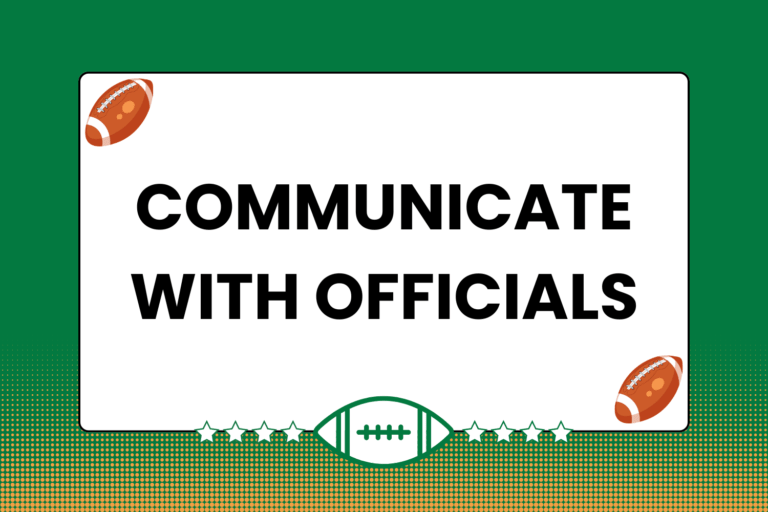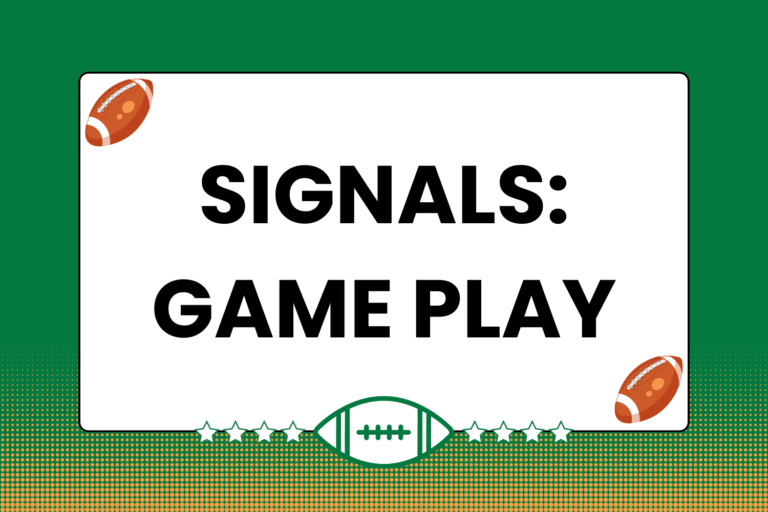There are a few situations in rugby where it’s actually advantageous to kick the ball away. However, in some of those kick-friendly situations, the ball has to be kicked in a certain way — specifically, it must be drop kicked — for the maneuver to be considered legal. This guide explains how to perform a drop kick.
The Drop Kick Technique
Compared to other methods of rugby kicking — the punt, the place kick — the drop kick is decidedly more difficult. Like the punt, it’s performed on the run. And like the place kick, it also touches the ground prior to being kicked. The difficulty arises when both of those characteristics are combined: A drop kick must be performed on the run (or at least during live play), and the ball must touch the ground prior to being kicked.
Here’s a breakdown of how to execute a drop kick:
Step 1: Pre-kick Positioning
Depending on the situation, the proper pre-kick position will vary; sometimes the player attempting the kick will do so at a full run, and other times he can calmly approach the kick. In any case, hold the ball with both points aligned vertically. The top point should be angled towards the kicking player slightly, which makes the ball bounce back towards the player once it’s dropped.
Step 2: Sequence of Steps
Regardless of how fast or slow the kicking player approaches a drop kick, the process requires a specific three-step sequence:
- The first step is made with the kicking foot. This marks the beginning of the kicking process.
- The second step (made with the non-kicking foot) should be made in the direction that the kick is intended.
- The third step is actually making the kick. As the kicker’s weight shifts to the non-kicking foot, the kicking foot should draw backwards in preparation for the kick.
Step 3: Making the Kick
Drop the ball just as the kicking foot starts to come forward. If timed perfectly, the kicking foot should connect with the ball just after it touches the ground. The less time that elapses between the ball touching the ground and being kicked, the more accurate the kick will be.
Mental Edge
There are several key technique points that will vary depending on the situation and kicking player’s technique. For example, a player who attempts a drop kick for points while running across the field will have to angle the ball’s trajectory in order to make the ball curve toward the uprights. This flexibility makes the drop kick a versatile maneuver, though it’s also another reason that the technique is more difficult than other types of kicks.
Using the Drop Kick
There are only three instances when a drop kick must be used: For a kickoff, during a drop out, and when attempting a drop goal. Though most players won’t utilize the drop kick very often (if ever), it can provide a significant strategic advantage when used appropriately.





